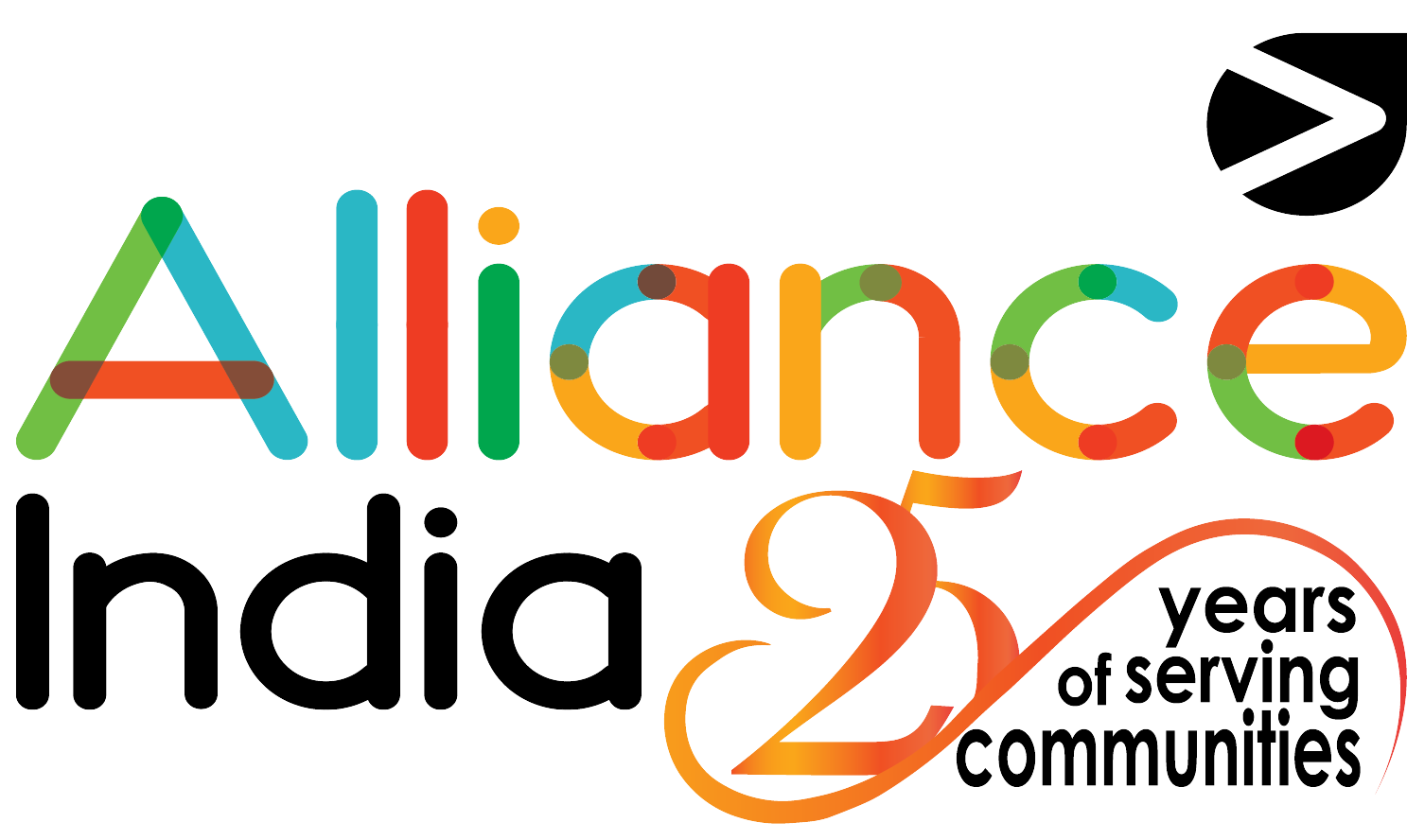How far have we come?
“They always say time changes things, but you actually have to change them yourself.”
― Andy Warhol, The Philosophy of Andy Warhol
“The face of the young woman was covered in dirt. The bright pink suit on her looked black. “All I remember was a wailing son, beating his chest, sitting beside his deceased mother”, said Rajwinder. “It is a common sight in Mehtabgarh mohalla of Kapurthala”, added Rajni.
This is one of the many tragic and disturbing stories of the death of young men and women who use drugs in Punjab. People need services and not laws that marginalise them!
Although, Punjab government has kicked off an ambitious comprehensive program, by constituting a Special Task Force to encourage Enforcement – Deaddiction – Prevention (E.D.P.), we are still a long road ahead. India and other Asian countries are indeed at a critical juncture; where drug policies needs to be looked through community- sensitive lenses. Policymakers need to put their learnings into practice and spearhead the process of reforming punitive drug laws and policies.
As per the International Drug Policy Consortium data, despite an overall decline in HIV rates in Asia, the rate of HIV amongst people who inject drugs increased from 8.7% (2011) to 9.6% (2016) in East and Southeast Asia, and increased from 8.4% (2011) to 10.3% (2016) in South Asia. These are startlingly high figures. If the leaders of the global community are really focused on the UNAIDS 90-90-90 goals, they need to examine these figures and note that war on drugs is a futile attempt and doesn’t achieve anything. The war on drugs is simply a war on common people and their access to health services.
“Asian governments need to confront the realities and futility of their war on drugs,” said Ann Fordham, the Executive Director of International Drug Policy Consortium (IDPC). As we gear up, for the launch of, ‘10 years of drug policy in Asia: How far have we come? – A civil society shadow report’, she adds, “This report shows the devastating impact of the past decade of drug policy in the region, and it falls upon them not to blindly sign up to another decade of the same when they gather in March at, the 62nd Session of the Commission on Narcotic Drugs (CND) and Ministerial Segment. The lives of many depend on it.” It has been established that criminalisation of drug use leads to hiding of people who use drugs who then cannot access services such as clean needles and syringes or oral substitution therapy, and therefore be at risk of overdose, HIV , hepatitis and other infections.
Community members also need to be encouraged to seek treatment, but that can only happen by removing criminal penalties. Although, Indian government is now looking at administrative and legal reforms, decriminalising drug use will be a major leap forward. Police officers will have to be trained to treat the issues of self-use and peddling of drugs separately. Rather than ‘war against drugs’, the governments need to pledge for open and a straightforward dialogue and work with communities to reform punitive drug laws and policies.
The author of this blog is Ms. Harjyot Khosa who is the Regional Advocacy Advisor: Drug Use & Harm Reduction at Alliance India
Other Recent Articles
- Youth Voices: Life with HIV in Contemporary India 26 September, 2023
- Empowering Transgender Community to create an Equal World 20 July, 2023
- Combating Stigma and Discrimination Among People Living with HIV 7 July, 2023
- Understanding the Significance of HIV Testing: Impact on Individuals, Relationships, and Society 22 June, 2023
- Empowering Lives during Unrest l Our Commitment to Manipur 5 June, 2023
- Empowering the Transgender Community: Alliance India Initiates Transgender ID Card Registration Drive 17 May, 2023
- The Struggle of Embracing Identity- International Day Against Homophobia, Transphobia and Biphobia 17 May, 2023
- Innovaccer Provides Support to Ensure Quality Health Services to Children Living with HIV 5 May, 2023
- The Essential Role of Social Protection Schemes for People Living with HIV 13 April, 2023
- Marriage is only between a biological male and biological female,” Centre tells Supreme Court 14 March, 2023
- Made by Nicdark - Copyright 2020
- donations@ong.com
- volunteers@ong.com
- contact@ong.com
India HIV/AIDS Alliance (Alliance India)
A not-for-profit Section 8 Company with Registration No: U85310DL1999NPL098570
Contact
-
6, Community Centre
Zamrudpur Kailash Colony Extension
New Delhi – 110048 - +91-11-4536-7700
Download
Quick links
©2021 All Rights Reserved by Alliance India


Leave a Reply